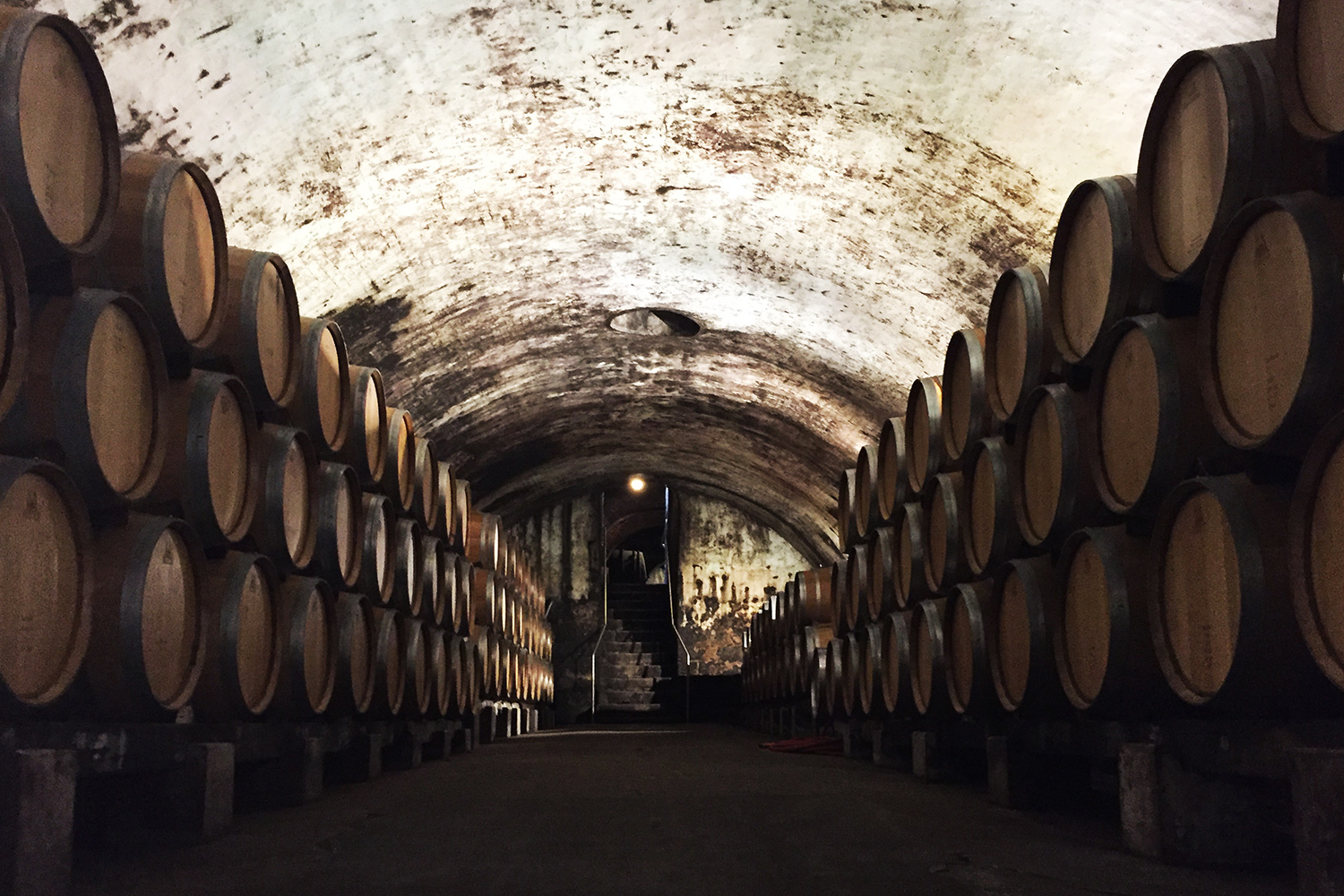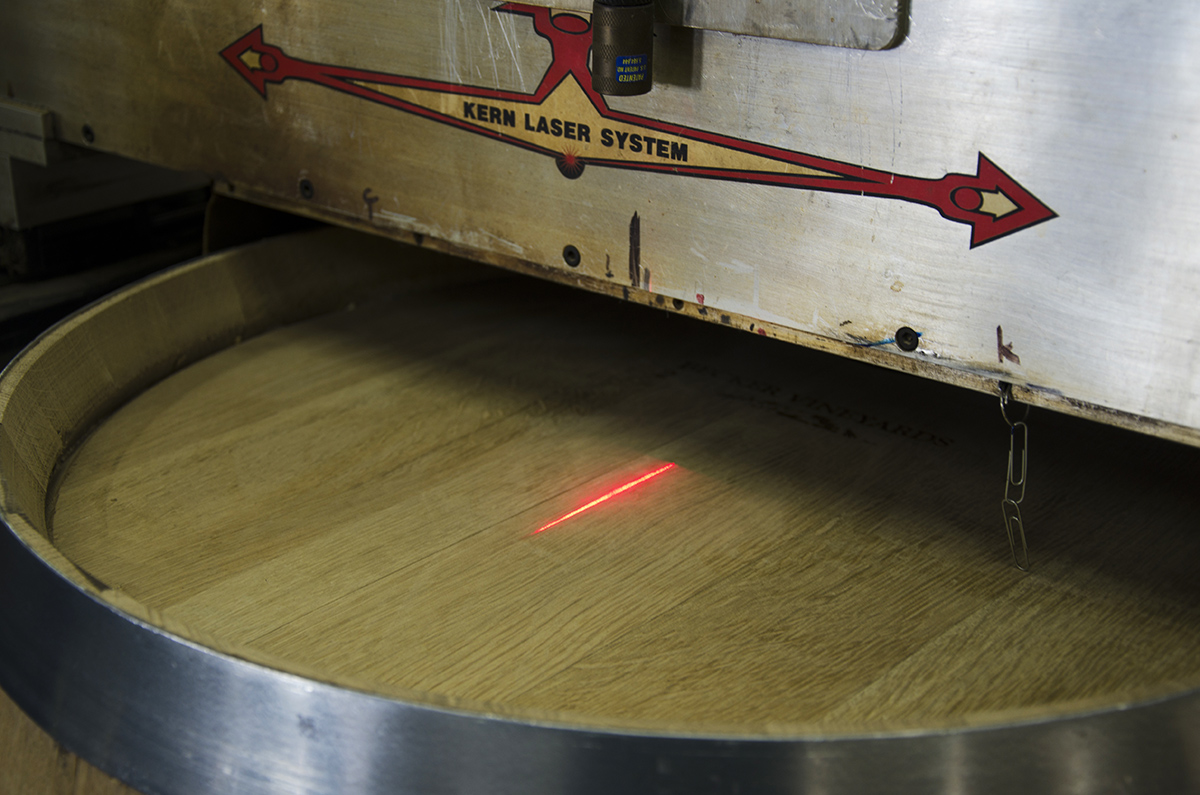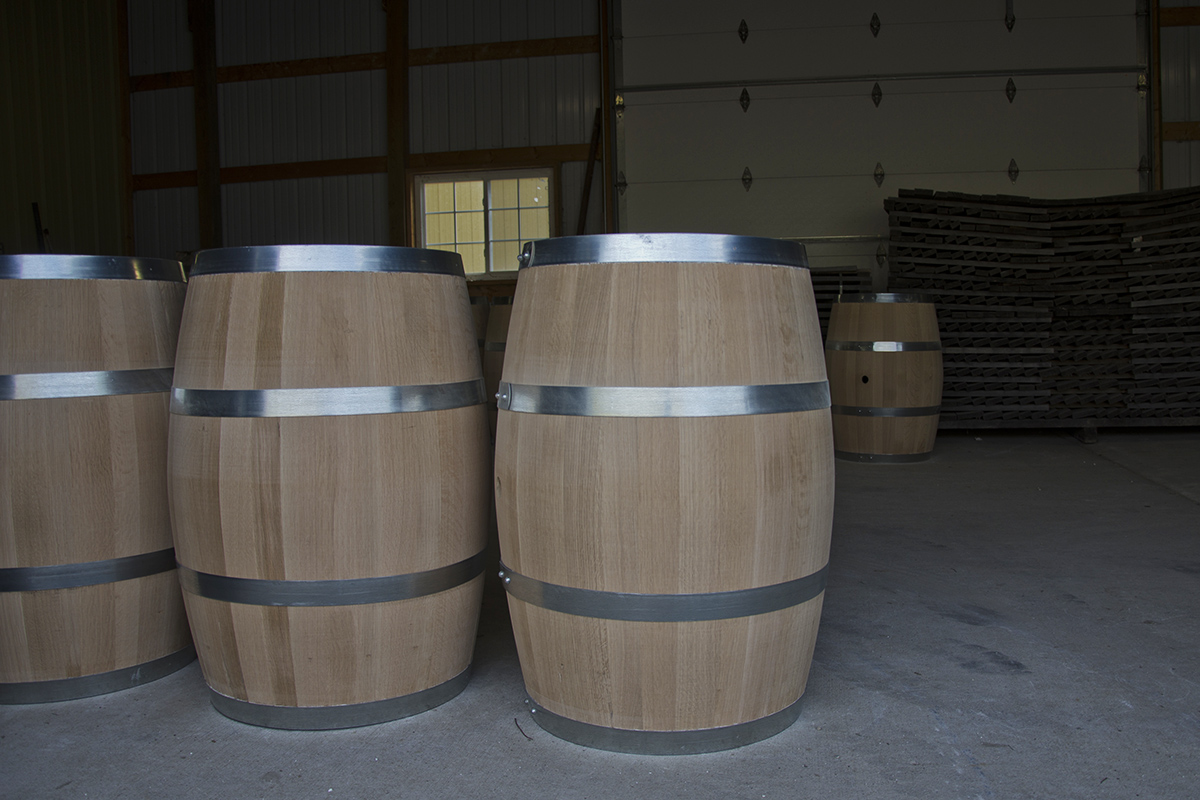Barrels are probably one of the first things that come to mind when you think about wine. They have become an archetypal symbol of wine over the years, but their use started accidentally. For thousands of years, wine was transported in clay amphora. These vessels worked fine when transporting wine for the most part. They could be airtight if sealed properly and the materials needed to make them were readily available.

As the Roman Empire expanded further into Europe, however, the Romans came in contact with the Gauls who were using wooden barrels to transport beer. They quickly came to the realization that these wooden barrels were a far more efficient way to transport wine. Oak was abundant in continental Europe and was ideal for making barrels and the round shape allowed them to be rolled, making transport even easier.

As the popularity of barrels as a wine transportation medium grew, it became apparent that the barrels were affecting the way the wine tasted… in a good way. New and different aromas and flavors were found in the wines transported in oak barrels, and these characteristics were found to intensify the longer the wine was in the barrel, thus creating the practice of aging wine in oak barrels.
Oak is still the preferred wood for crafting wine barrels. Building wine barrels is a fascinating craft and can substantially affect the wines they house. The oak used for barrel making can come from different areas, the most common of which being French or American. A large percentage of American oak barrels are made from Missouri oak. The Show-Me state has a long history of barrel-making and is home to the leading barrel manufacturer, Independent Stave Company, and several artisan cooperages such as A and K Cooperage, McGinnis Wood Products, Bratcher Cooperage, and Hoffmeister Barrelworks. A barrel maker is called a cooper and a barrel making facility is called a cooperage.

Next time you’re visiting a Missouri winery, take notice of their barrels. If you don’t see any out in the open, they’re probably in a cellar or winemaking area, and many wineries offer tours where you can explore behind the scenes and check out the barrels along the way.

